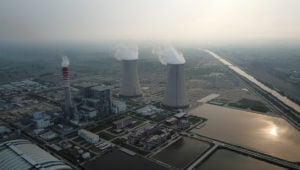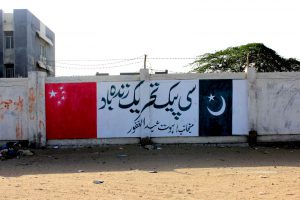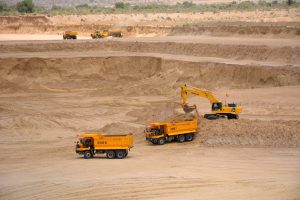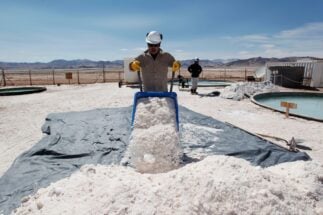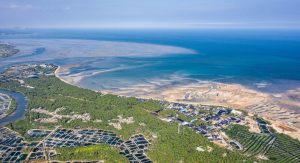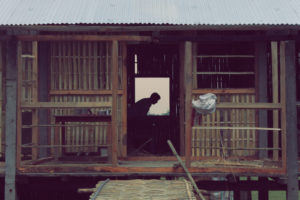As the China-Pakistan Economic Corridor (CPEC) enters its second phase, Pakistan’s infrastructure planners have renewed their commitment to environmental and social sustainability, making for a greener CPEC. Launched in 2013, CPEC is China’s flagship project under its ambitious global trade initiative, the Belt and Road Initative. It includes a series of Chinese-backed infrastructure projects mostly in the energy, industrial and transport sectors.
In the midst of the Covid-19 pandemic, CPEC’s second phase is an integral component of Pakistan’s recovery strategy.
The Pakistani government and CPEC stakeholders, however, risk leaning on short-term fixes for immediate economic problems, while neglecting the sustainability aspect that is crucial to long-term recovery. Prime Minister Imran Khan has promised a “Clean Green’ Pakistan”, but there were discrepancies between his pledges and the reality of the CPEC projects, even prior to the pandemic. The way towards a greener CPEC must deal with these.
Low carbon ambitions
Pakistan has pledged to move towards renewable energy, particularly solar, wind and hydro, and away from coal power. Alongside this, the government has launched large-scale afforestation initiatives as well as sustainable waste management and conservation programmes.
As a nation that was assessed by the Global Climate Risk Index as being the world’s fifth most vulnerable country to climate change in 2020, these broader endeavours must address the specific environmental and contextual demands of the region. For example, CPEC hydropower projects are likely to exacerbate water shortages in the Indus basin. This is a major concern as it could disrupt the fragile ecosystem supporting 180 million people, leading to food shortages and an economic downturn, as well as displacement.
This summer, the thinktank Oxford University Silk Road Society released a report – which the author was involved in producing – looking at how CPEC initiatives can implement robust sustainability policies as part of Pakistan’s recovery process. Some of these options involve rekindling long-standing conversations about the need to phase out coal investments, whereas others are relatively novel solutions that Pakistan is yet to fully explore, such as debt-for-environment swaps.
Covid-19 recovery packages and a greener CPEC
The Green Stimulus Initiative, a USD 120 million loan package granted in April 2021 by the World Bank to the Pakistani government, builds upon the 2019 drive for a Clean Green Pakistan. This recovery package supports ‘green’ jobs, afforestation programmes, and the conservation of Pakistan’s national parks through a dedicated Ecosystem Restoration Fund.
However, while taking advantage of these opportunities, there is potential for unintended consequences affecting local communities. For afforestation programmes in particular, engagement with forest dwellers, whose livelihoods are at risk if they are displaced, is essential. Afforestation programmes should seek formal consent from locals in land acquisition or development endeavours and ensure adequate compensatory provisions for any losses.
Debt-for-environment swaps
In a debt-for-environment swap (DFE), a creditor government reduces a debtor country’s debt in return for commitments by the indebted nation to invest domestically in environmental conservation initiatives. DFEs aim to allow a country burdened with debt to simultaneously address its financial issues while remedying environmental degradation and social inequality.
Any proposed DFE schemes should align with Pakistan’s existing sustainability policies to avoid issues of social inequality and inefficient implementation. For example, in April 2021 Pakistan’s government proposed a DFE scheme to propel its existing Ten Billion Tree Tsunami afforestation programme. But implementing a DFE swap in this context could worsen social issues associated with the plan, such as forced displacement and the loss of community herding traditions.
For foreign financial aid to work on the ground, Pakistan needs to address inconsistencies within its existing domestic policies. It should consult local communities, NGOs and local government agencies when designing interventions, and ensure that their implementation is transparent. This would enable Pakistan to effectively address criticisms of ‘greenwashing’ in its economic recovery programme.
Adapting Pakistan’s Special Economic Zones
Special Economic Zones (SEZs) are free-trade areas in a country, where the commercial laws are tailored to attract both foreign and domestic investors, such as allowing certain tax exemptions. SEZs, which represent an integral component of CPEC’s second phase provide a significant opportunity for employment generation and business growth in Pakistan. It was announced in February, for instance, that the jewel in the CPEC crown, Gwadar SEZ (home to Gwadar Port), would become a tax-free zone. Addressing unemployment is a key aspect of the country’s recovery plan, considering that half of Pakistan’s working-age population experienced either income or job losses during the pandemic and GDP contracted by an estimated 1.5% in the 2020 financial year.
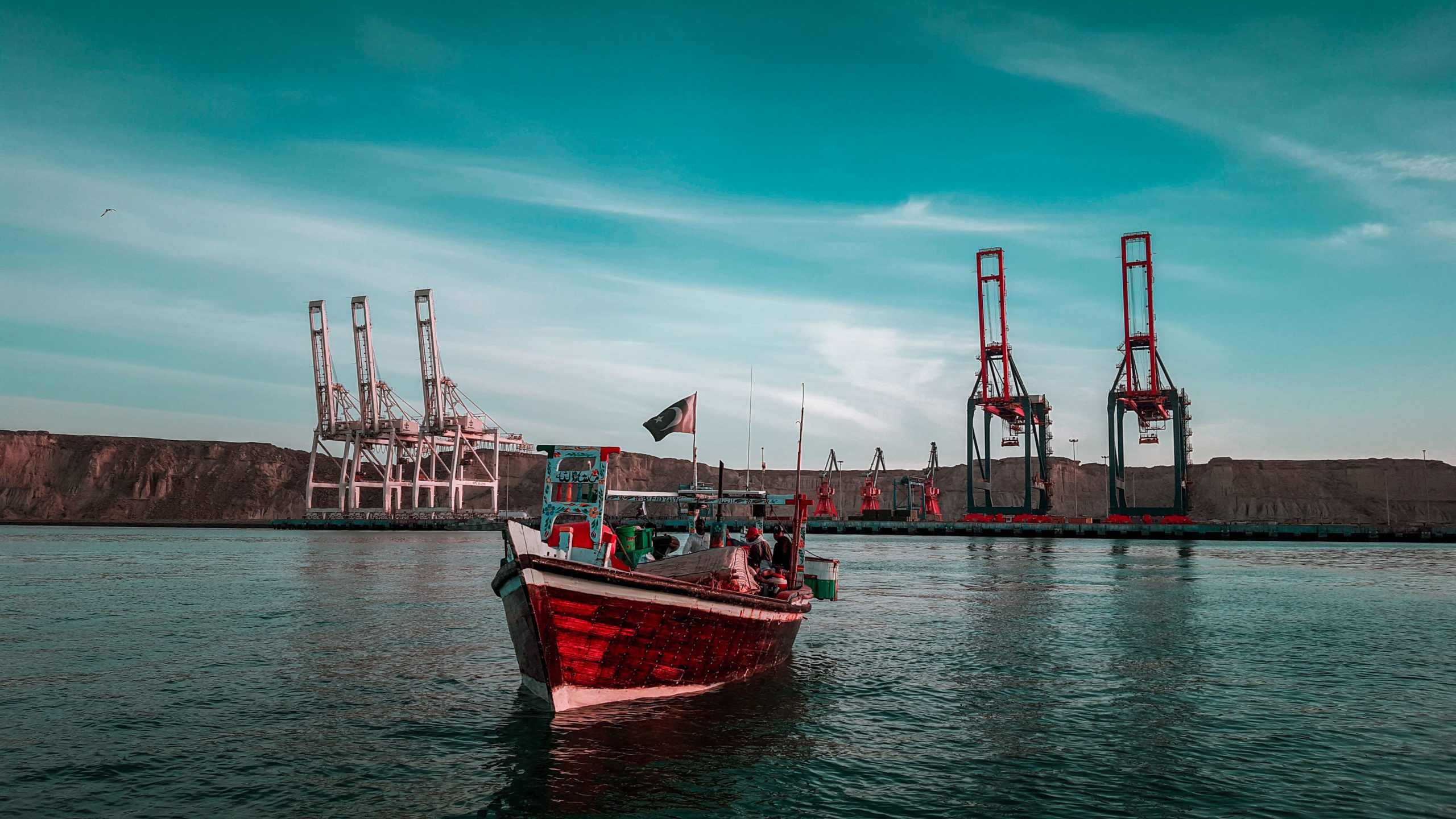
In China, for instance, SEZs attract around 50% of total foreign investment, something that if replicated would be hugely beneficial to Pakistan’s economy. However, in order for foreign investors not to crowd out smaller businesses from supply chains in SEZs, the Pakistani government should encourage joint ventures between local businesses and foreign investors.
Financing the green recovery
Loans granted by China to Pakistan helped boost the country’s development, but in recent years have become a point of criticism. Some experts are concerned that China may be undertaking CPEC development projects without sufficient consultation with local businesses and authorities. International multilateral banks such as the Asian Development Bank and the Asian Infrastructure Investment Bank are providing an alternative by co-financing projects such as the Balakot Hydropower Development Project in Pakistan’s Khyber Pakhtunkhwa province. However, for these investments to deliver robust and sustainable outcomes, Pakistan should offer a reliable policy environment with sustainability benchmarks against which to design new infrastructure. In the same spirit, co-financing banks should also develop a uniform standard to evaluate the sustainability of the projects they consider supporting.
A greener CPEC needs communities front and centre
It’s clear that Pakistan’s reliance on coal and China’s domination of the sector are untenable in the long term, and not in line with the government’s ‘green’ CPEC trajectory.
Acknowledging the problem, Imran Khan announced at the Climate Ambition Summit 2020 that 60% of all electricity produced in the country will be derived from clean sources by 2030. While this goal seems to be at odds with Pakistan’s coal dependency, the Covid-19 recovery packages offer a window of opportunity to speed up the clean energy transition.
Regardless of the route chosen to achieve sustainable recovery, local communities are the first to benefit or suffer from good or bad policies. If not consulted on major infrastructure developments, they could be on the receiving end of interventions that exacerbate their problems instead of alleviating them. Putting local communities at the forefront of any new CPEC development is central, not only so that they are protected in the process, but also because they are frequently more knowledgeable guardians of the ecosystems that become building sites for new infrastructure.


